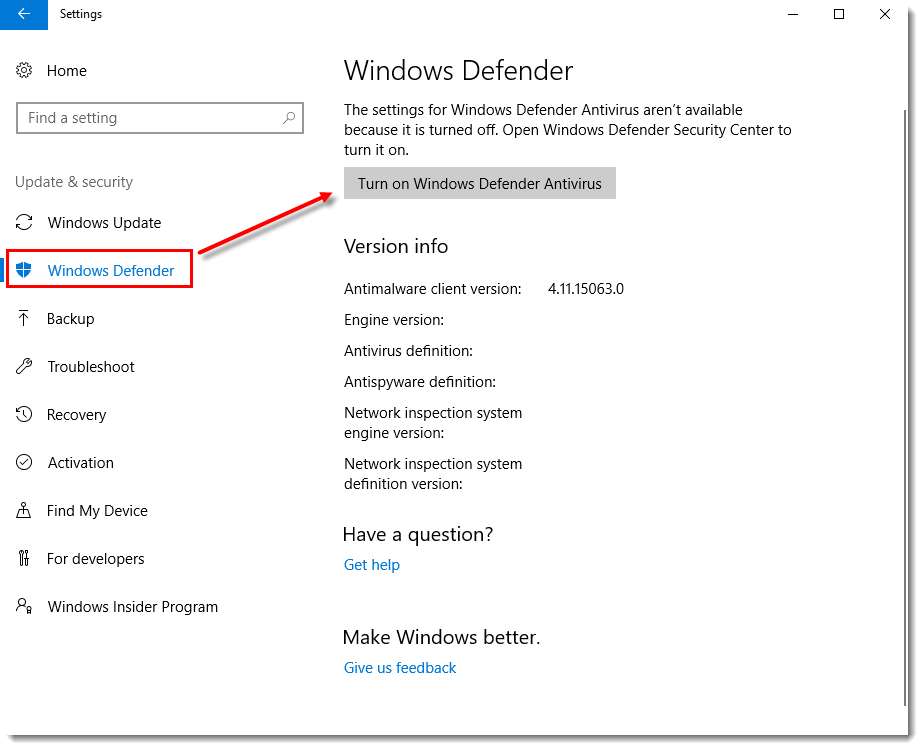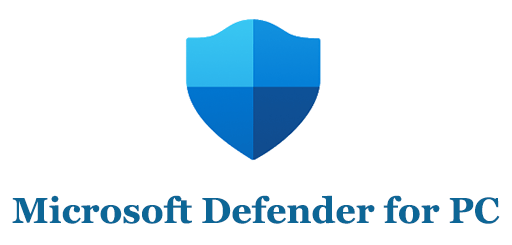

You'll be prompted that you're about to be signed out of Windows. Select Microsoft Defender Offline scan, and then select Scan now. In older versions of Windows 10: Under T hreat history, select Run a new advanced scan. In an up-to-date version of Windows 10 or Windows 11: Under Current threats, select Scan options. On the Virus & threat protection screen, do one of the following: Select Start, and then select Settings > Update & Security > Windows Security > Virus & threat protection. Save any open files and close all apps and programs. You suspect your PC might have malware hiding on it, but your security software doesn’t detect anything.

Windows Security (also called Windows Defender Security Center in previous versions of Windows) detects rootkits or other highly persistent malware on your PC and recommends you use Microsoft Defender Offline. When should I use Microsoft Defender Offline? However, it is advisable you create a backup of the original images before applying it.Microsoft Defender Offline is a powerful offline scanning tool that runs from a trusted environment, without starting your operating system. The update can be removed or rolled back, if needed. PowerShell 5.1 or later and the and DISM modules are also mandatory requirements. To be able to deploy it, you must be running a 64-bit Windows 10 system with administrator privileges.

Live images cannot be updated using this patch, as this could easily damage the Windows installation and render the image unusable. It installs the latest signatures on Windows 10 (Home, Pro and Enterprise), as well as Windows Server 20, for both 64-bit and 32-bit images (separate download links available). Released monthly, the package includes the anti-malware tool that comes with Windows, the anti-malware engine and the most recent security intelligence updates. Thanks to this update package, the Microsoft Defender’s binaries inside a Windows OS installation image can be kept up-to-date, even if the OS images are old. This situation can be avoided by applying the following patch, suggestively called Microsoft Defender Update for Windows Operating System Installation Images. Therefore, the system might be vulnerable in the first hours after a release, until the first Defender software update. When a new version of Windows installation images is deployed, the Microsoft Defender’s software binaries are not necessarily updated.


 0 kommentar(er)
0 kommentar(er)
